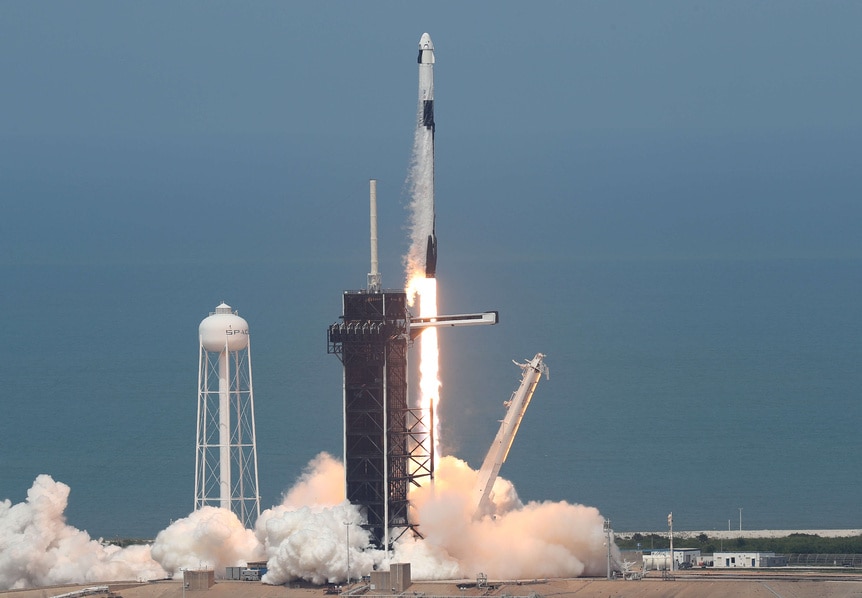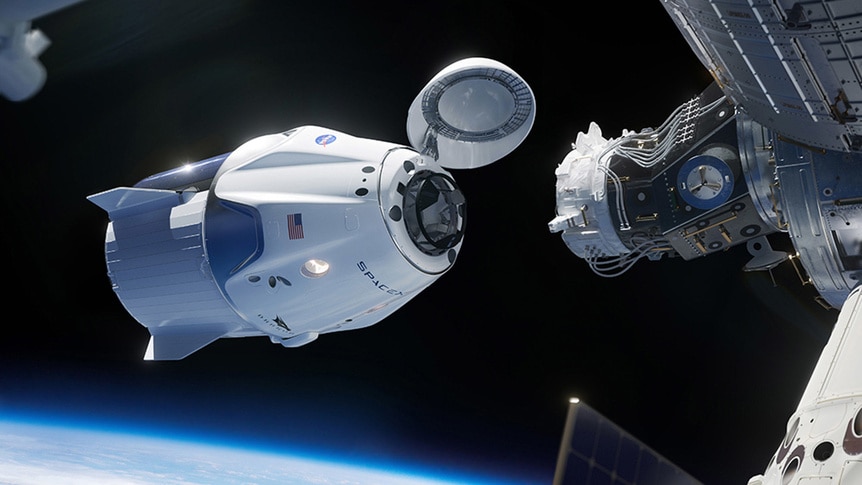Create a free profile to get unlimited access to exclusive videos, sweepstakes, and more!
How Much Does It Cost to Launch a Falcon 9 (and Other Rockets)?
Launching a rocket costs a lot, but less than it used to.
Unless you’ve got an interplanetary portal like the scientists and soldiers in Doom, getting to space takes a lot of energy and a lot of money. Since the dawn of the space age, every pound of crew or cargo sent into space has come with a price tag measured in thousands or tens of thousands of dollars. Getting that cost down means we can get more missions into orbit, so cost reductions have been a priority for space agencies and commercial space companies.
Over the last decade or so, companies like SpaceX, Rocket Lab, and others have made significant improvements in the cost of launch, but they haven’t done it alone. Programs like NASA’s Commercial Lunar Payload Services aim to stimulate the space economy by getting more players in the game. A few decades ago, you couldn’t get off the planet for less than a couple hundred million dollars; today you can do it for about a million dollars and change, thanks to dramatically cheaper rocket launches.
For More on Rockets:
Scientists Cook Up a Rocket Engine That Consumes Itself for Fuel
How NASA’s Space Launch System (SLS) Will Return Humans to the Moon
Boeing Prepares for its First Crewed Launch of Starliner Crew Capsule, Atop an Atlas Rocket
How Does the Cost of Launching a SpaceX Falcon 9 Compare to Other Rockets?
In the early years, during projects Gemini, Mercury, and Apollo, engineers had to build the entire space program from the ground up, figuring it out as they went along. It wasn’t cheap. The total cost of Apollo is difficult to pin down, partly because it’s been more than 50 years and some of the records have been misplaced or are unclear. The best estimates put the total cost of the program at roughly $25 billion, that’s approximately $250 billion when adjusted for inflation.
Apollo 11 launched from Cape Canaveral July 16, 1969, atop a Saturn V rocket. The approximate cost of the launch was $185 million ($1.62 billion, adjusted for inflation), according to the book The Space Shuttle Decision: NASA’s Search for a Reusable Space Vehicle (PDF). The Saturn V could carry up to 260,000 pounds into low-Earth orbit giving it an inflation adjusted per pound cost of roughly $6,300.
Things got more expensive during the Space Shuttle era when a single launch brought a price tag of $1.5 billion. The last shuttle launched in 2011, when adjusted for inflation a launch in 2024 would run us in the vicinity of $2.1 billion. The shuttle could carry approximately 60,500 pounds into space, bringing a staggering cost of $25,000 per pound. Today, you could launch roughly 20 rockets into space for about the same cost as a single shuttle launch.
Rocket Lab’s electron rocket can get small payloads like CubeSats into orbit for about $7.5 million. Payloads are small, with a maximum mass of 660 pounds, meaning that each pound costs about $11,000 to launch. While the cost per pound isn’t great, smaller rockets launching smaller payloads means we can get experiments into space for a considerably lower total cost. If you’re looking for the best deal per pound, you’ll want to buy in bulk with a Falcon 9 rocket.
The cost of launch for a Falcon 9 has been $62 million historically, but it can carry considerably larger payloads up to 50,000 pounds. Per pound launch costs have been as low as $1,200. SpaceX increased the cost of a launch to $67 million in 2022, citing rising material costs and inflation. That raised the per pound cost by about $100. If you wanted to launch something aboard a Falcon 9, you could buy out the entire rocket or you could carpool and get a sweeter deal. If you don’t mind rubbing elbows with some other payloads, you can place a 440-pound payload on a ship for $1.1 million, or $2,500 per pound.
Getting into orbit is getting cheaper all the time, at least for machines. If you want to put people on top of a Falcon 9, things get more expensive. Sending a crew means attaching the Crew Dragon capsule, which increases the total mass of the vehicle and reduces what’s left over for cargo. It’s also more expensive. Cost of a launch including the Crew Dragon capsule tallies up to $140 million and reduces the cargo capability to a little more than 13,000 pounds. The per pound cost of a crewed launch is roughly $10,000.
The cost of launching a rocket isn’t cheap, and it’ll probably never be cheap. But it is getting cheaper thanks to the combined efforts of private and public space explorers. Still, we can’t help wishing we had one of those Mars portals.
Doom is streaming now on Peacock.
































